St. Petersburg (Leningrad) under Stalin: Kirov and the Terror (1924-1941)
On 21 January 1924, Vladimir Lenin, whose health had degenerated after several unsuccessful assassination attempts and three strokes, died at the age of 53. Petrograd did not delay. A week later, the city was renamed Leningrad in honour of the man who had incited the Bolshevik Revolution.
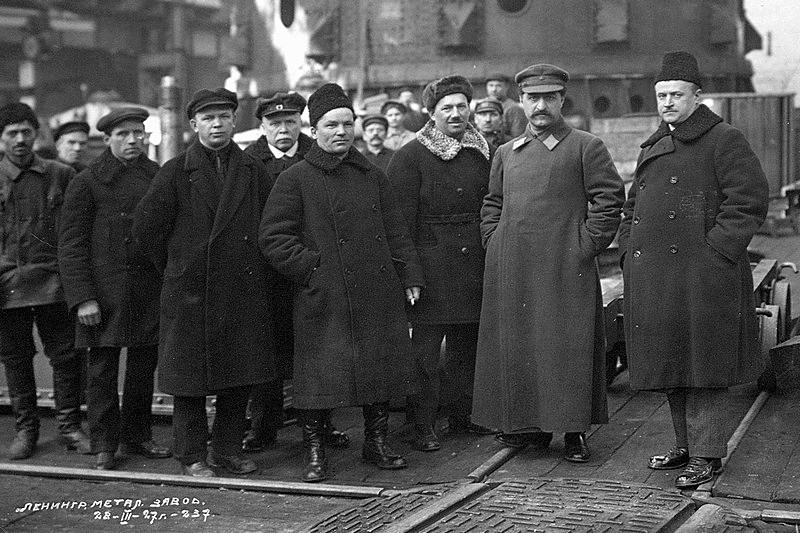
After enduring years of degradation and neglect, Leningrad started to rebuild. Soviet Constructivism was the favoured architectural style as the Communists strove to create a new, better society. Un-Petersburgian in appearance, this style combined modern technology and sleek geometric forms devoid of decoration with a social purpose fostering the Communist way of life.
One of the most ideologically saturated structures was the Communal House for the Society of Political Prisoners, built between 1929 and 1933 for political victims of the Tsarist regime. A stone's throw from Peter the Great's cabin, this Constructivist building was conceived as an egalitarian residential house-commune. All apartments were fitted with central heating and bathrooms – amenities that previously only the wealthy could afford - yet none had kitchens. Instead, there was a communal canteen intended to liberate workers from the drudgery of preparing meals and to foster camaraderie. Also provided were a kindergarten, library, laundry rooms, workshops, theatre, and solarium.
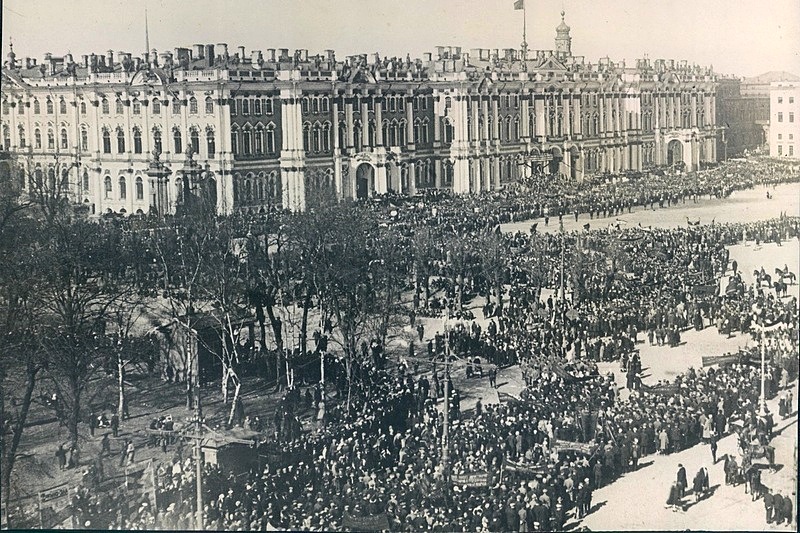
This was a far cry from the kommunalki (communal apartments) burgeoning across the city. Kommunalki were large apartments (and, in some cases, palaces and even commercial premises) that had been expropriated from the wealthier classes after the Revolution and turned into communal living spaces for the proletariat. Between two to seven or even more families were housed in such apartments, wherein each family received a single room that served as living room, dining room, and bedroom. The hallways, kitchen, and bathroom were shared among residents, making privacy a rare commodity, and strife a common occurrence.
Clearly, the House for Political Prisoners was a more enviable option, yet this social experiment ended poorly. Shortly after the building's completion, the Kirov Flood began and many of the building's inhabitants, who had survived Tsarist repression, now underwent repression by the Bolshevik state...
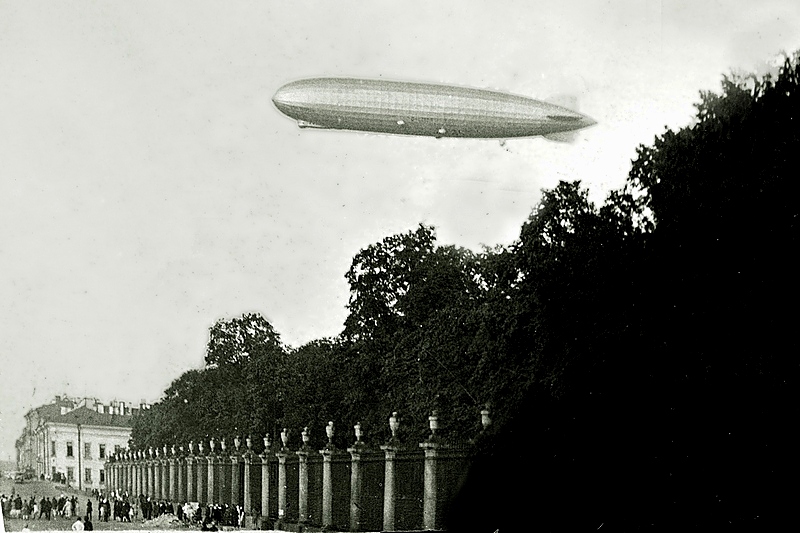
On 1 December 1934, Sergei Kirov, Leningrad's popular party boss, was assassinated by a young party functionary. Shortly thereafter, an official statement proclaimed that Kirov had been murdered by enemies of the Soviet Union. It remains unclear whether Stalin ordered Kirov's execution to eliminate a possible popular rival; in any case, his death was a seized as a pretext to arrest and execute unwanted Party members, as well as the so-called "former people" - the nobility, merchants, industrialists, tsarist civil servants, and so on. Thus began Kirov's Flood. In 1935 alone, tens of thousands of people from the greater Leningrad area were arrested, often tortured, and sentenced to years in labour camps. This was a preview of the Great Terror that decimated the country in 1937-1938, when over half a million people were executed and many more died in camps.
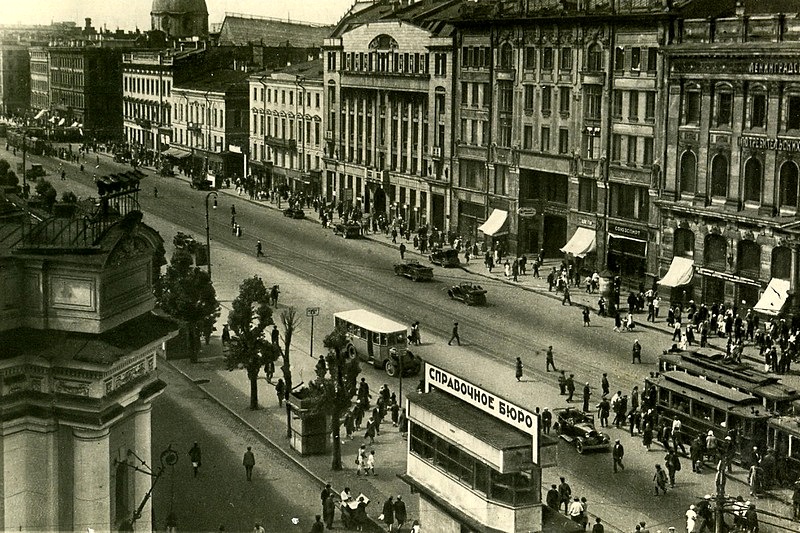
As Kirov's Flood swelled, so did Leningrad's prison population. In this regard, another Constructivist gained notoriety in the city: the "Big House". This was the nickname Leningraders gave the monumental building looming over Liteiny Prospect, built at Kirov's initiative 1931-1932, that has housed the secret police under its various guises (OGPU, NKVD, KGB, FSB) until the present day. Many of the thousands of people who entered through its massive doors during the Kirov Flood were never heard from again.
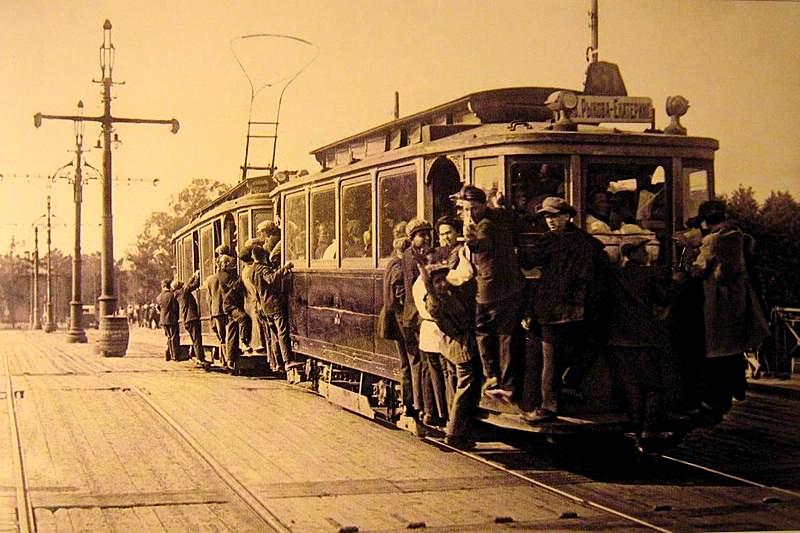
Leningrad's central prison, Kresty, was also overflowing: cells built for one person now housed fifteen to twenty inmates. One of them was Lev Gumilev, son of the renowned poet, Anna Akmatova. His crime? Lev's father, Anna's former husband, was an alleged "counterrevolutionary" and had been shot by the Cheka in 1921. In the 1930s, such an antecedent was enough to render Lev an enemy of the people. And Anna, like hundreds of other Leningraders, lined up in front of the prison for hours in the desperate attempt to gain news of her son's fate (he was eventually sentenced to five years in the Norilsk Gulag) and to bring him packages of food. She wrote:
Like a useless appendage
Leningrad
Swung from its prisons.
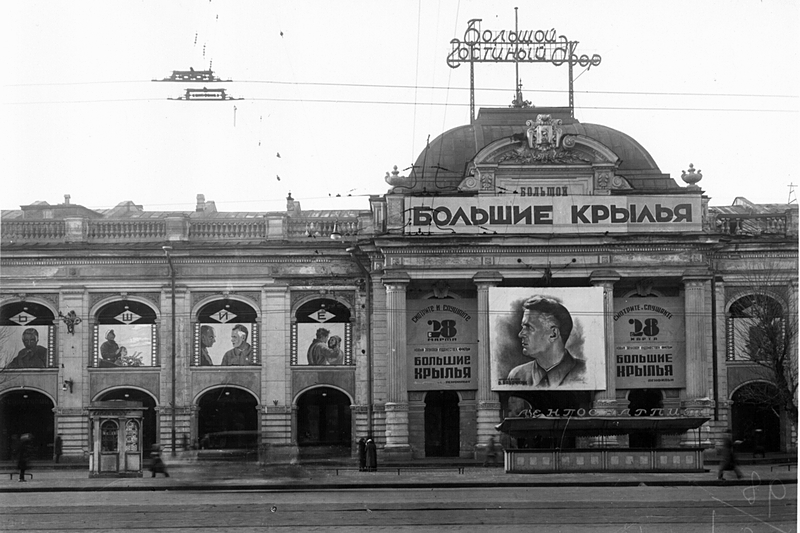
The great flood of terror had dwindled by 1939, but Leningrad had only a couple of years of respite before another catastrophe befell it.

